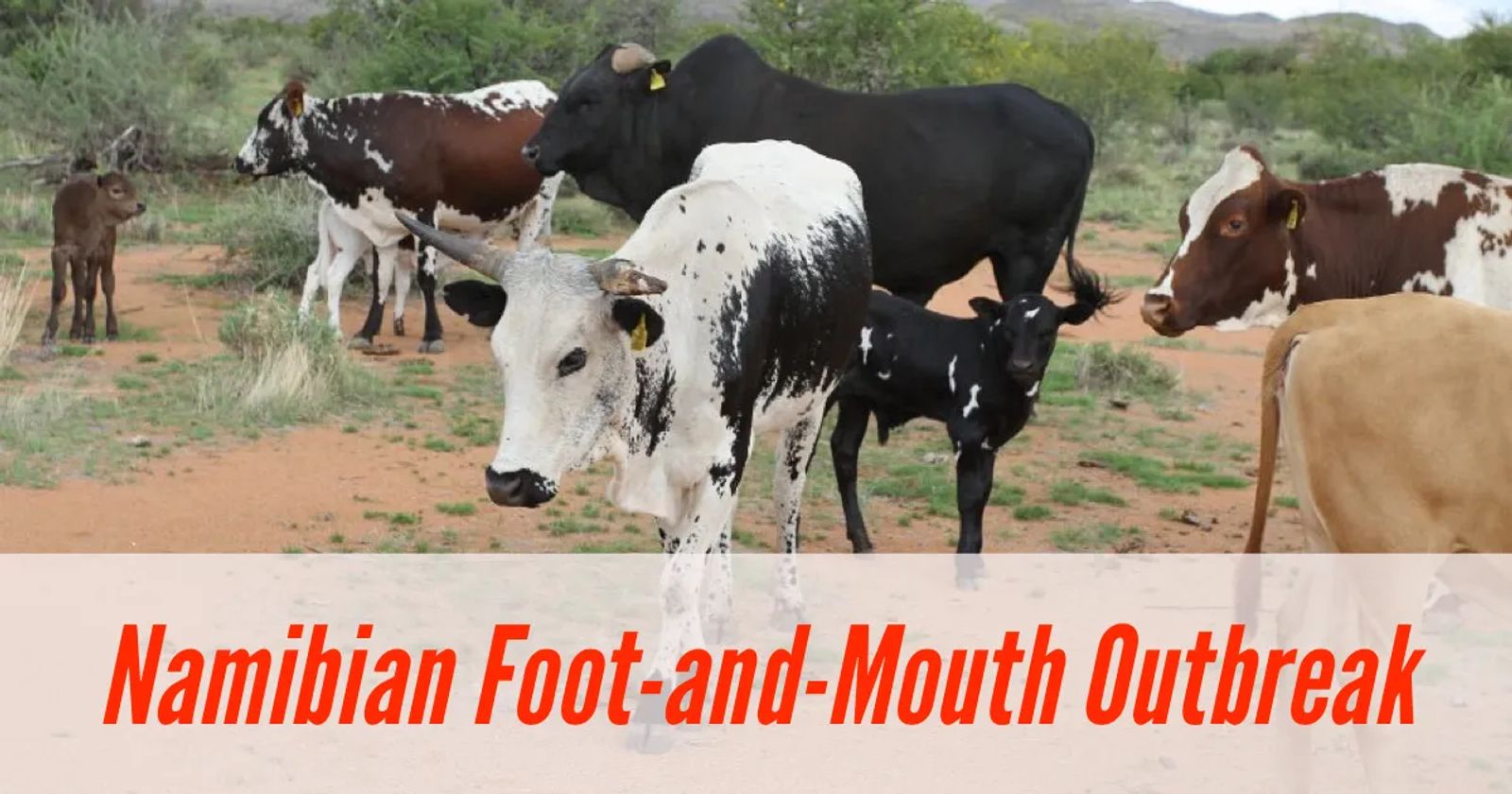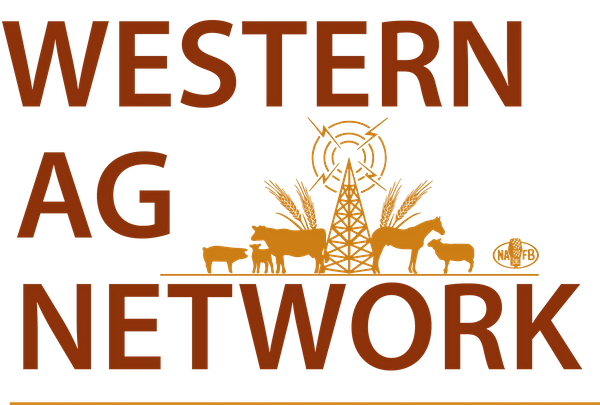
Namibian FMD Outbreak
October 7, 2020
In April, the first shipment of 25 tons of boneless beef from Namibia, Africa, arrived in the United States. The imports were met with disapproval from the U.S. livestock industry for multiple reasons, including the fear of foot-and-mouth disease (MFD) in parts of Nambia.
On Wednesday, October 7, 2020, Namibia’s Agriculture Ministry Executive Director, Percy Misika, said in a statement that Namibia had detected a foot-and-mouth disease outbreak in the FMD protection zone.
“All animal gatherings such as auctions and cultural shows are suspended except for the purposes of vaccinations while slaughtering of cloven-hoofed animals is also suspended,” said Misika.
So far, investigations by officials showed that 13 out of 657 cattle tested positive for FMD.
The National Cattlemen’s Beef Association's (NCBA) Vice President of Government Affairs, Ethan Lane issued the following statement in response to reports of another reported occurrence of foot-and-mouth disease in Namibia:
“Foot and mouth disease (FMD) is a grave and persistent threat to the U.S cattle industry and warrants every available caution and protection to ensure that the problems plaguing cattle production in other parts of the world do not reach our shores. NCBA has serious concerns regarding the latest report of another FMD outbreak in Namibia, a country with an unfortunate history of FMD. While Namibia has taken steps to mitigate risk of FMD through the establishment of a cordon fence and buffer zone, the occurrence of this most recent outbreak in the buffer zone and indications of delayed reporting of the outbreak to the World Organization for Animal Health (OIE) raises serious concerns about Namibia’s newly granted access to the United States.”
“NCBA calls on USDA to investigate and reaffirm the efficacy of Namibia’s cordon fence, security of Namibia’s buffer zone and surrounding FMD protocols, and if found deficient, USDA must take immediate action to suspend imports from Namibia in order to ensure the continued safety of U.S. cattle and beef.”
This is a developing story.
Source: Western Ag Network, Beef Magazine, NCBA & Namibia’s Agriculture Ministry










